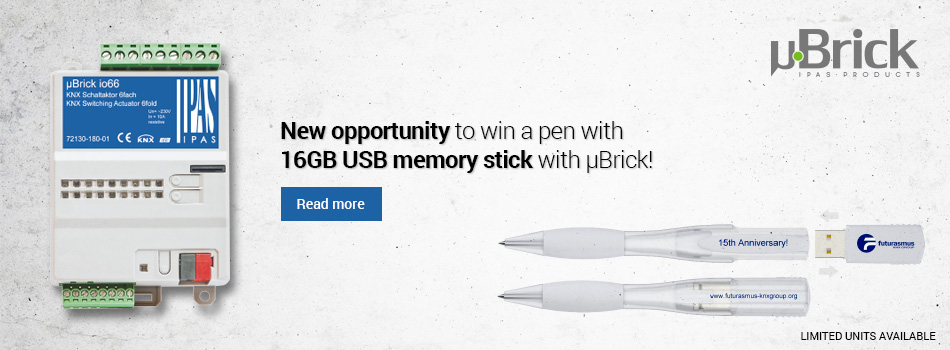
|


Geben Sie die E-Mail-Adresse ein, mit der Sie sich registriert haben.
Sie erhalten in Kürze einen Link mit Anweisungen zum Zurücksetzen Ihres Passworts.

Sie können Ihre Mitgliedschaft völlig kostenlos auf FUTUR+ Client upgraden

Webbenutzerkonto erfolgreich erstellt

Vielen Dank für Ihre Registrierung bei der Futurasmus KNX Group. Sie erhalten in Kürze eine E-Mail zur Bestätigung Ihrer Anmeldung. Nach der Bestätigung können Sie sich mit Ihren Zugangsdaten anmelden.
Wenn Sie keine E-Mail erhalten haben, prüfen Sie bitte Ihre SPAM- und Junk-Ordner

Futur+ Kundenkonto erfolgreich registriert

Unsere kaufmännische Abteilung wird Ihre Daten so schnell wie möglich überprüfen
Vielen Dank für Ihre Registrierung bei der Futurasmus KNX Group. Sie erhalten in Kürze eine E-Mail zur Bestätigung Ihrer Anmeldung. Nach der Bestätigung können Sie sich mit Ihren Zugangsdaten anmelden.
Wenn Sie keine E-Mail erhalten haben, prüfen Sie bitte Ihre SPAM- und Junk-Ordner.

Vielen Dank für Ihre Anfrage!

Unsere kaufmännische Abteilung prüft schnellstmöglich Ihre Daten


Ihre Registrierung war erfolgreich

Vergessen Sie nicht, zu Ihrem Posteingang zu gehen, um Ihre E-Mail-Adresse zu bestätigen. Dann können Sie mit Ihrem Training beginnen!

|